When I started learning bridge (about 20 years ago) I was taught the basic guidelines of play and defence and stuck to them rigidly. When I got out of the classroom and into the bridge club all my tried and tested rules were worthless — when they didn’t work. Third hand plays high — except when it should play low. Never give a ruff and sluff — except when it’s the only way to beat the contract. And my favourite: cover an honour with an honour — except when you shouldn’t.
One of the things bridge players never seem to agree on is whether the 10 is an honour or not. The 9 comes even lower down the pecking order, only occasionally becoming a key player, as was the case on this hand from the London Online Congress teams’ event.
I was dummy. My partner ducked the ◆K lead, but won the Club switch and placed the 9 of Spades on the table. West played low and the 9 won the trick. The ♠K came tumbling down on the next trick, and with five Spades my partner came to nine tricks.
There’s no question that West should have covered the ♠9 with the King, holding declarer to four tricks in the suit if he ducks the King, and only three if he covers.
I was looking forward to a good board, only to find out the same thing had happened at our teammates’ table. Not only that, in the whole field only one player in the West seat plonked the King on the ♠9 /10, so jolly well done Chris Duckworth!
‘Cover an honour with an honour’ may not exactly apply since the 9 is not technically an honour, but with these kinds of suits and no side entry to dummy you have to be alert and insert anything you have.
Would you have found it? Yes? What about if you had Kxx?
Got something to add? Join the discussion and comment below.
Get 10 issues for just $10
Subscribe to The Spectator Australia today for the next 10 magazine issues, plus full online access, for just $10.
You might disagree with half of it, but you’ll enjoy reading all of it. Try your first month for free, then just $2 a week for the remainder of your first year.

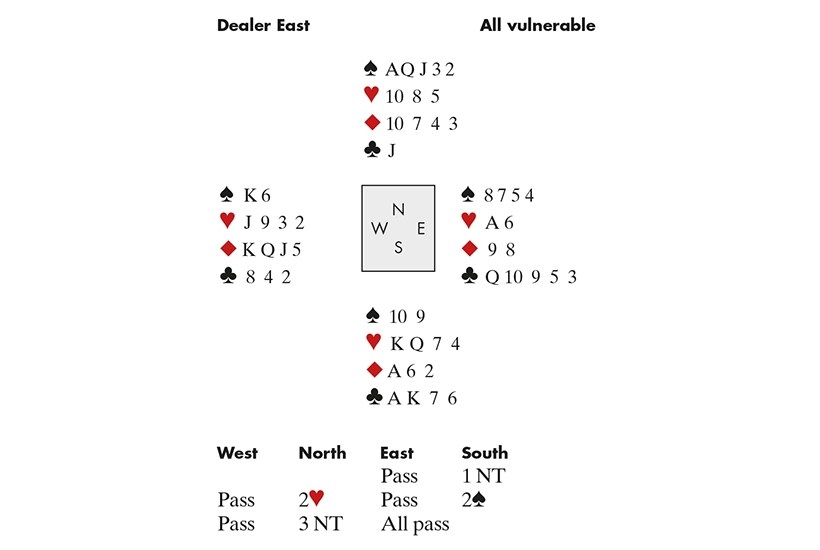
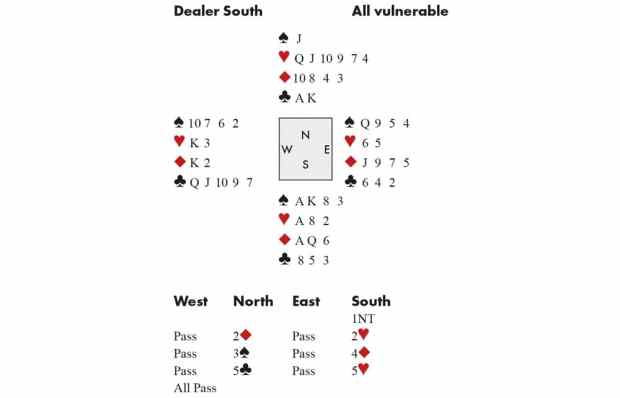
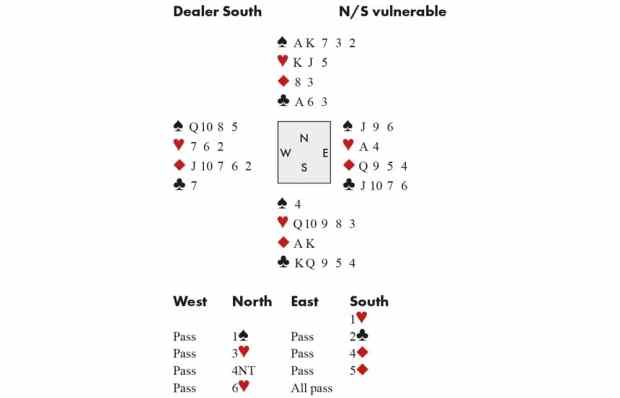
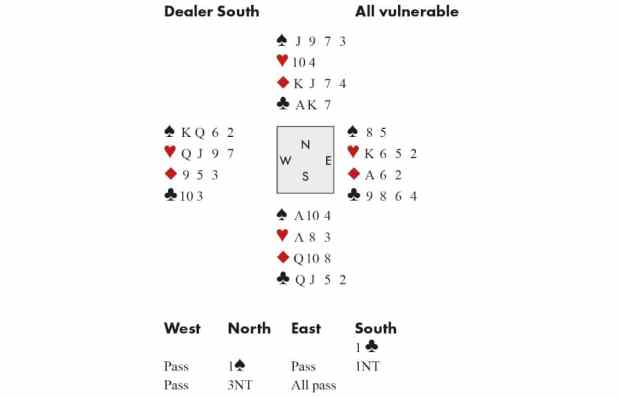
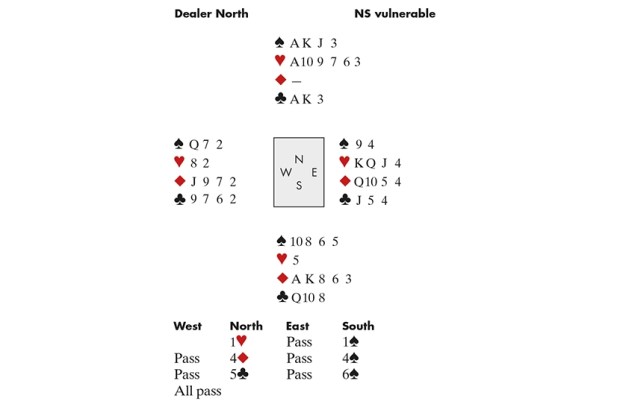
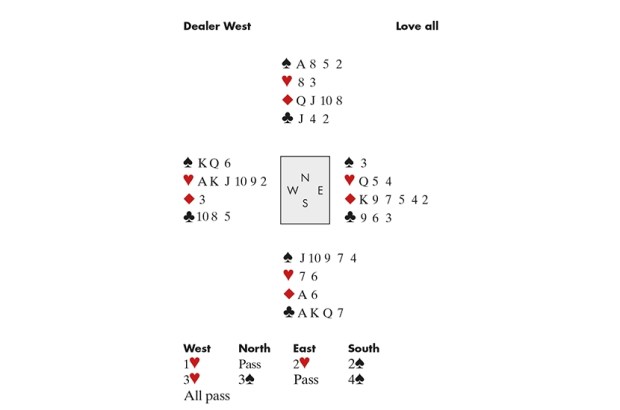







Comments
Don't miss out
Join the conversation with other Spectator Australia readers. Subscribe to leave a comment.
SUBSCRIBEAlready a subscriber? Log in